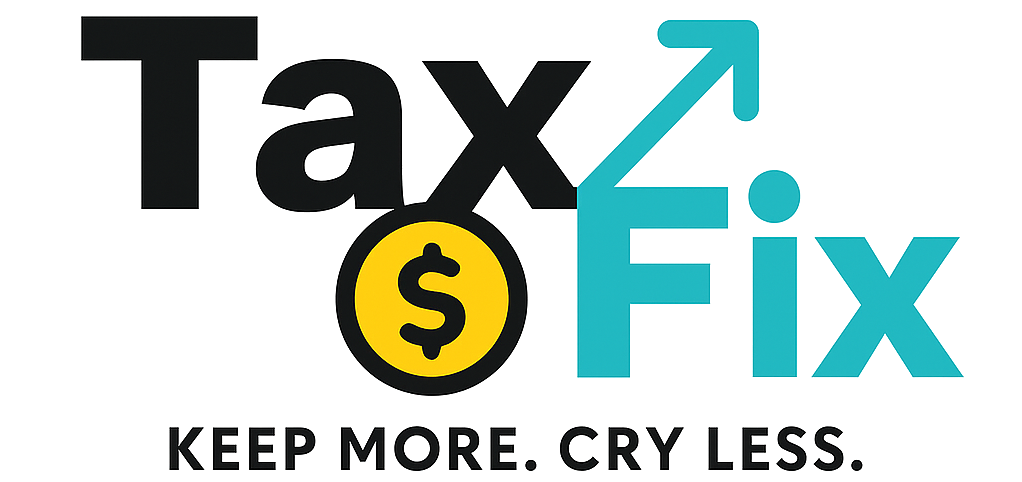Self-employment tax catches many gig workers off guard. Unlike traditional employees who split Social Security and Medicare taxes with their employers, independent contractors pay the full amount. Here's everything you need to know about calculating and minimizing your self-employment tax burden in 2025. Use our comprehensive tax calculator to get precise estimates for your situation.
What is Self-Employment Tax?
Self-employment tax consists of:
- Social Security tax: 12.4% on earnings up to $168,600 (2025 limit)
- Medicare tax: 2.9% on all earnings
- Additional Medicare tax: 0.9% on earnings over $200,000 (single) or $250,000 (married filing jointly)
Total Self-Employment Tax Rate: 15.3%
This rate applies to most self-employment earnings, but there are important nuances and strategies to reduce your burden.
Self-Employment Tax Calculator
How to Calculate Self-Employment Tax
Step 1: Determine Your Net Self-Employment Income
Start with your gross income from all self-employment sources:
- Uber/Lyft earnings
- DoorDash/delivery income
- Freelance work
- Consulting fees
- Any other 1099 income
Subtract legitimate business deductions:
- Vehicle expenses
- Phone bills
- Equipment costs
- Home office expenses
Step 2: Apply the 92.35% Rule
The IRS allows you to deduct 7.65% (half of the self-employment tax rate) from your net earnings before calculating the tax.
Formula: Net earnings × 0.9235 = Self-employment income subject to tax
Step 3: Calculate the Tax
For 2025:
- Social Security: First $168,600 × 12.4% = up to $20,906.40
- Medicare: All income × 2.9%
- Additional Medicare: Income over threshold × 0.9%
Self-Employment Tax Calculator Examples
Example 1: Part-Time Driver
- Gross Uber income: $15,000
- Business expenses: $3,000
- Net self-employment income: $12,000
- Subject to SE tax: $12,000 × 0.9235 = $11,082
- Self-employment tax: $11,082 × 15.3% = $1,696
Example 2: Full-Time Driver
- Gross gig income: $55,000
- Business expenses: $12,000
- Net self-employment income: $43,000
- Subject to SE tax: $43,000 × 0.9235 = $39,711
- Self-employment tax: $39,711 × 15.3% = $6,076
Example 3: High-Earning Contractor
- Gross income: $180,000
- Business expenses: $20,000
- Net self-employment income: $160,000
- Subject to SE tax: $160,000 × 0.9235 = $147,760
Tax calculation:
- Social Security: $147,760 × 12.4% = $18,322
- Medicare: $147,760 × 2.9% = $4,285
- Total self-employment tax: $22,607
Reduce Your Self-Employment Tax
Maximize your business deductions to lower your self-employment tax. Our Hidden Profit Finder reveals deductions worth $800+ that you're missing.
Find My Missing Deductions FREEThe Hidden Deduction: Half of Self-Employment Tax
Here's a crucial detail many miss: You can deduct half of your self-employment tax as an "above-the-line" deduction on your Form 1040.
Example:
If you owe $6,076 in self-employment tax, you can deduct $3,038 from your adjusted gross income, potentially saving you $600+ in additional income taxes.
Quarterly Estimated Tax Payments
If you expect to owe $1,000 or more in taxes, you must make quarterly estimated payments.
How to Calculate Quarterly Payments
- Estimate your annual self-employment tax
- Add estimated income tax
- Subtract any tax withholdings
- Divide by 4 for quarterly amounts
Our quarterly tax planner automates these calculations and sends payment reminders so you never miss a deadline.
Safe Harbor Rule
Pay 100% of last year's tax liability (110% if AGI > $150,000) to avoid penalties.
2025 Quarterly Due Dates
- Q1 2025: April 15, 2025
- Q2 2025: June 16, 2025
- Q3 2025: September 15, 2025
- Q4 2025: January 15, 2026
Strategies to Reduce Self-Employment Tax
Maximize Business Deductions
Every dollar of legitimate business expenses reduces your net self-employment income. Learn about all available deductions in our complete deduction guide:
- Vehicle expenses (often your largest deduction) - detailed in our rideshare guide
- Home office expenses - covered in our freelancer guide
- Professional development
- Equipment and supplies
- Insurance premiums
Not sure what you're missing? Our Hidden Profit Finder reveals deductions worth $800-2,400 that most gig workers overlook.
Consider an S-Corp Election
For high earners ($60,000+ net profit), electing S-Corp status might save on self-employment tax. You'll pay yourself a reasonable salary (subject to payroll taxes) and take additional profits as distributions (not subject to self-employment tax).
Important:
This strategy has complexities and costs. Consult a tax professional.
Retirement Contributions
Contributions to SEP-IRAs, Solo 401(k)s, or other retirement accounts reduce your adjusted gross income, potentially lowering your overall tax burden.
Common Self-Employment Tax Mistakes
- Forgetting about quarterly payments - Leading to penalties and interest
- Not tracking all income sources - Missing 1099s can trigger IRS notices
- Inadequate record keeping - Can't prove business expense deductions
- Not claiming the self-employment tax deduction - Missing the 50% deduction
- Mixing personal and business expenses - Reduces legitimate deductions
Tools and Resources
Tax Software Recommendations
- TurboTax Self-Employed: User-friendly with gig worker focus
- FreeTaxUSA: Affordable option with Schedule C support
- TaxAct: Good balance of features and cost
Expense Tracking Apps
- Stride: Free, designed for gig workers
- QuickBooks Self-Employed: Integrates with tax software
- MileIQ: Excellent for mileage tracking
When to Get Professional Help
Consider hiring a tax professional if:
- Net self-employment income exceeds $50,000
- You have multiple income sources
- You're considering business structure changes
- You receive an IRS notice
Planning for Next Year
Start planning now to minimize next year's self-employment tax:
- Track everything: Every mile, every expense
- Make estimated payments: Avoid penalties and large tax bills
- Maximize deductions: Know what you can legally claim
- Consider retirement savings: Reduce taxable income while building wealth
Final Calculation Reminder
Your total tax burden includes:
- Self-employment tax (15.3% on net earnings)
- Federal income tax (based on tax brackets)
- State income tax (varies by state)
- Local taxes (if applicable)
Understanding self-employment tax is crucial for proper financial planning. Many gig workers are shocked by their tax bills because they only consider income tax and forget about the additional 15.3% for self-employment tax.
Key takeaway:
Set aside 25-30% of your net gig income for taxes to avoid year-end surprises.
